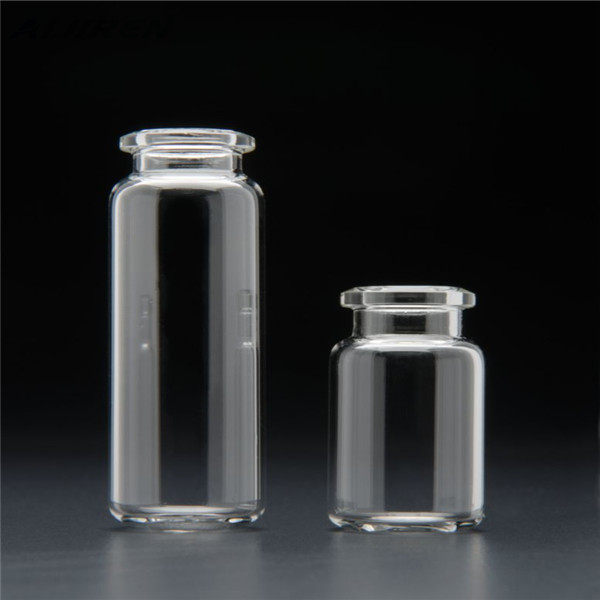
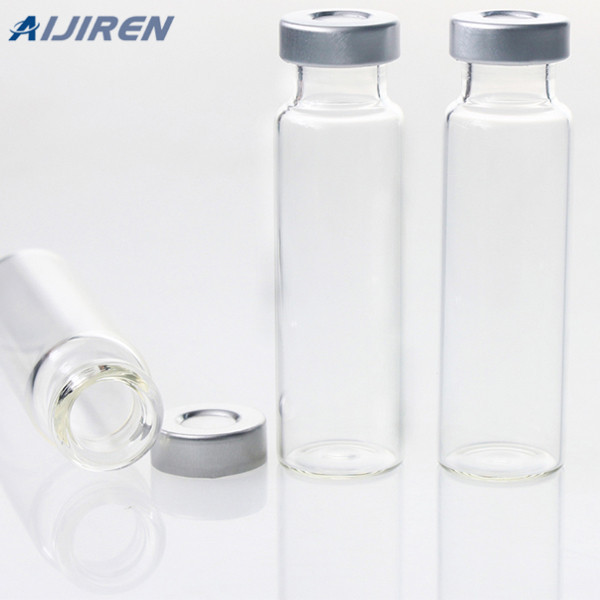
Nov 07, 2019 · 1. Nylon membrane filter. Features: good temperature resistance, can withstand 121 degrees saturated steam thermal pressure sterilization for 30 minutes. Good chemical stability of nylon membrane filter, can withstand dilute acid, dilute alkali, alcohol, oil, hydrocarbon, halogenated hydrocarbon and organic oxide and other organic and inorganic

Dec 25, 2020 · Otherwise, the organic membrane is used to filter the sample with a syringe. First, draw the solution with a needle and pull out the needle. Replace the filter membrane, first put 2-3 drops in the waste liquid and then filter into the sample. How to use microporous membrane filter? 1. Selection of microporous membrane filter. According to the solvent to be filtered, select the microporous membrane of suitable material and specification to open the package in the clean area.
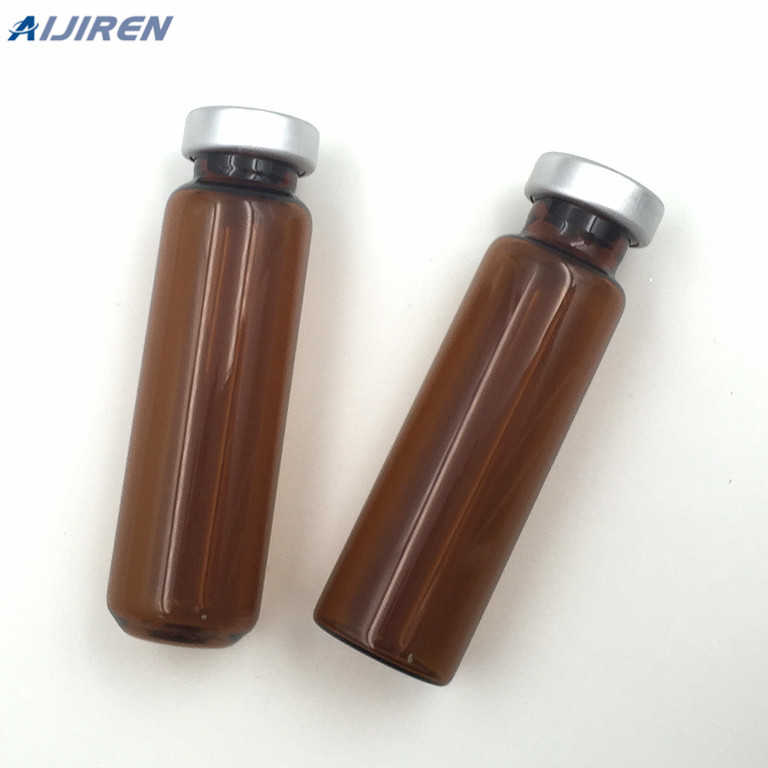

Install new cartridge filters. Fill the cleaning tank with RO permeate or DI water. Turn on the agitator or tank recirculation pump. Slowly add (your selected RO cleaning product) to the cleaning tank based on the CIP total volume and the product strength needed and allow it to mix thoroughly. Check solution temperature.
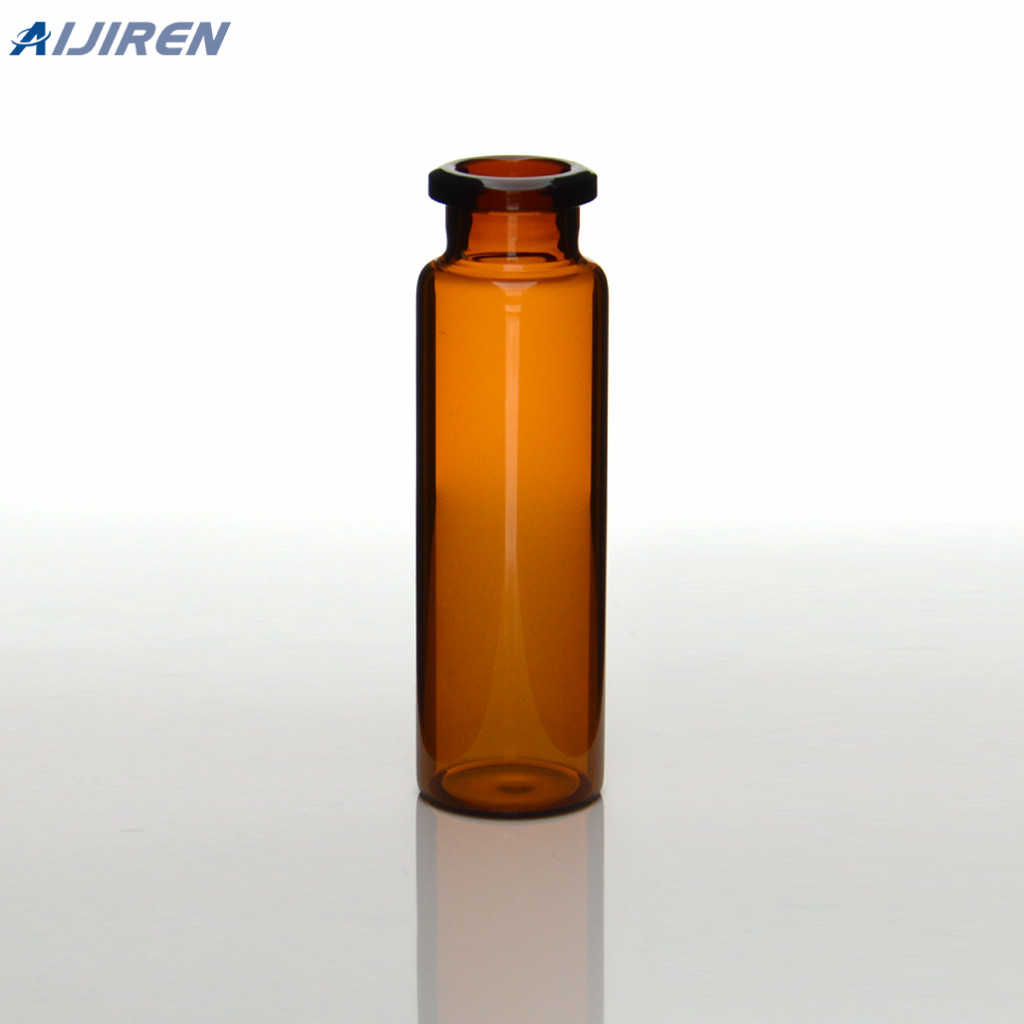
Oct 21, 2022 · Effect of Membrane Filter Pore Size on Microbial Recovery and 2022 10 21 mixed-esters-of-cellulose membrane filter has been recommended as the recovery filter of choice, conclude that the 0.45 µm filter provides the greatest.

Membrane filtration utilizes pressure in order to force water or any other kind of carrier fluid through a porous or semi-permeable membrane. This process separates the particulate matter that's suspended from the soluble and fluid components.

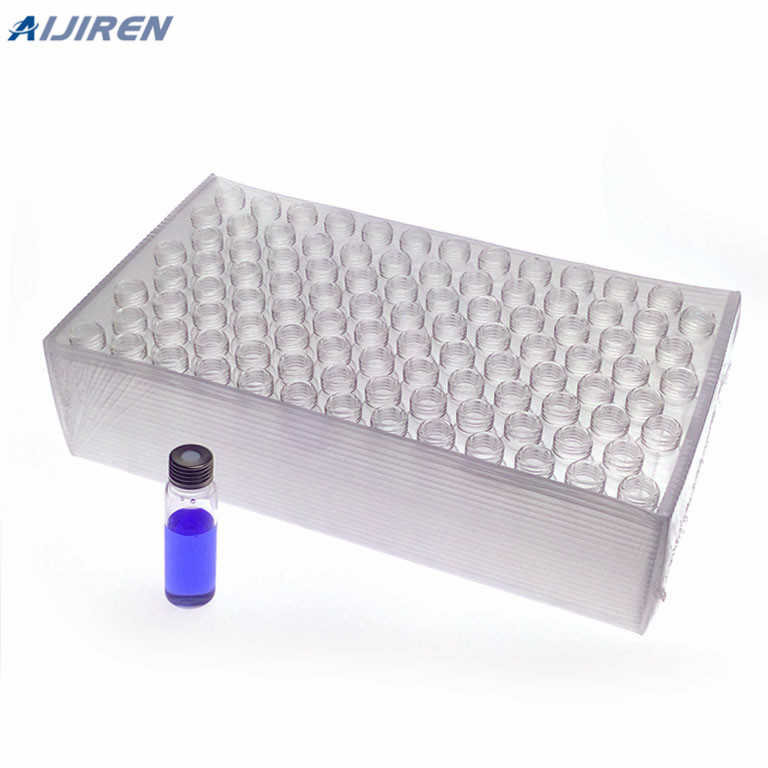
Aug 07, 2018 · Cellulose Acetate (CA) Membrane. Hydrophilic filtration membrane with limited chemical resistance but made from pure cellulose acetate, which is very low protein binding and so excellent for protein recovery. Withstands temperatures up to 180°C, making it well suited for hot gases.
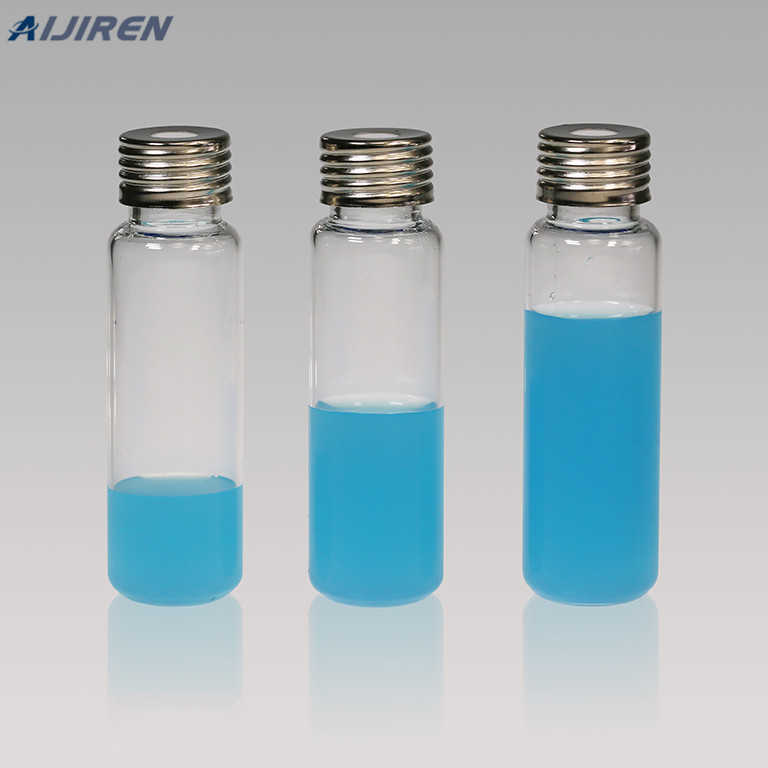
Oct 12, 2021 · Desalination of salt water to produce potable water remains the primary use of membrane filtration. Filtration of surface or groundwater under the direct influence of surface water can be accomplished using membranes with the largest pore sizes. As a pretreatment step in water treatment. Conclusion
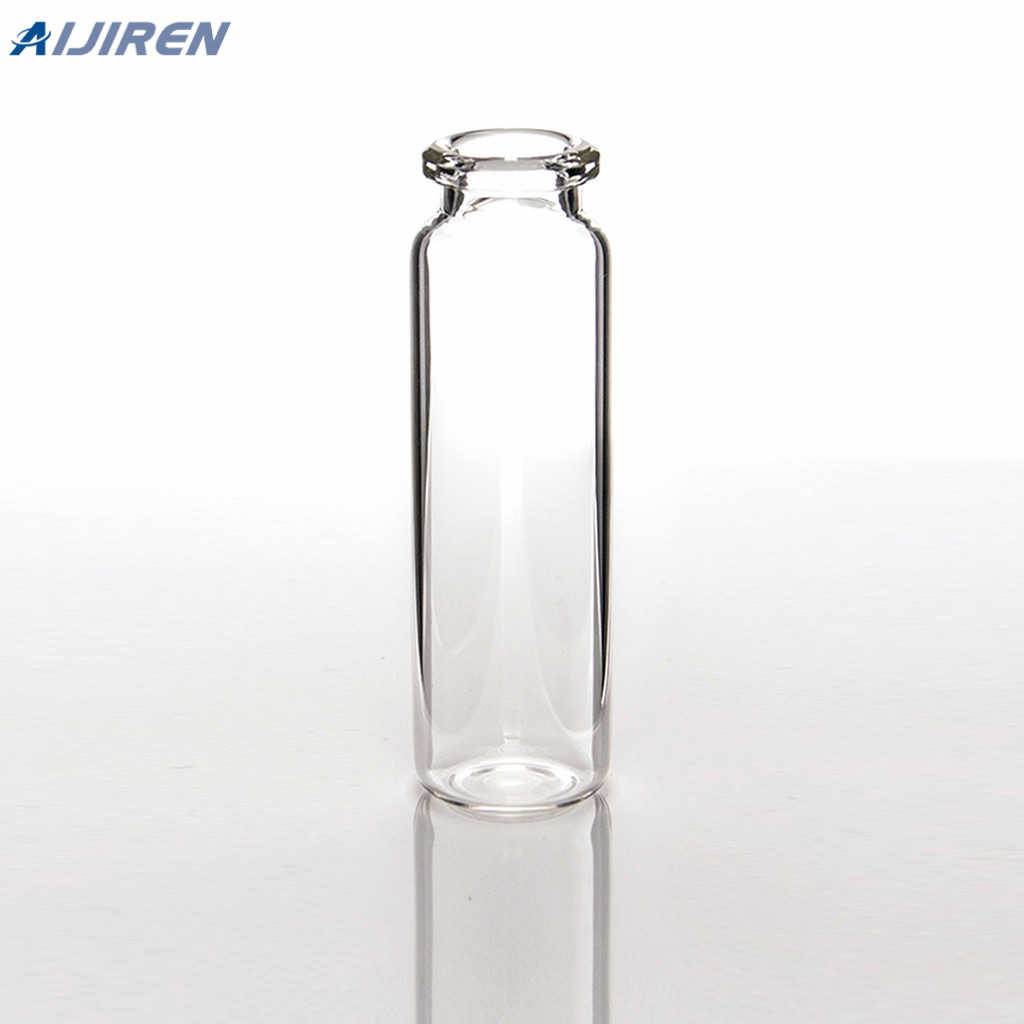
First, you need to determine if the membrane you purchased has a substrate. You can determine this by either analyzing both sides to see if there is a different texture and appearance on one side, or by contacting the manufacturer to be sure. If the membrane does not have a substrate, it is bio-directional and either side can be used as the inlet.

To flush the ultrafiltration membrane on start-up, simply get the air out of it from manufacturing. When you startup a reverse osmosis system, flush it to help re-saturate because typically these membranes are manufactured then dried. On a POU system, fill up two or three tanks of water and let them run through the drain before using the system.

A RO membrane filter is simply a filter membrane with a reverse osmosis configuration. Its primary function is to remove contaminants or debris from the water. The filter is a semipermeable layer through which you push water under pressure to deionize it or demineralize it. Reverse Osmosis Membrane Filters.
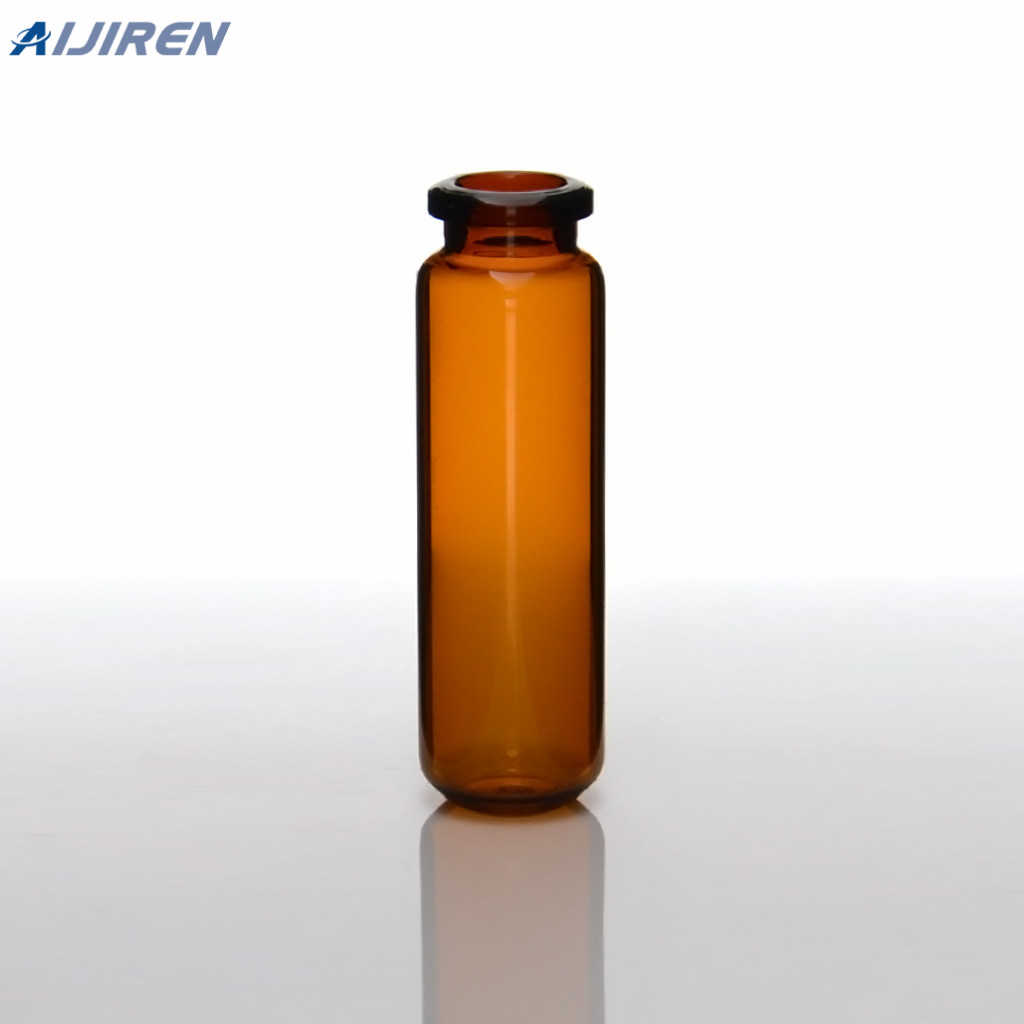
Membrane filtration: For the membrane filtration of water, place a membrane filter over the carbon disk by using forcep sterilized under the flame. Then, flame the opening of the sample bottles and pour the test water sample, through the funnel. A vacumn system allows the complete separation of filtrate through the membrane filter.

Jun 29, 2020 · How Does The Membrane Work? Now, the water passes through a membrane that acts as a filter. It then retains the contaminants as the unfiltered water passes through it. Concurrent to the filter process happening on the membrane, a procedure of water flow and water pressure takes place as well. This is known as flux within water expert circles.